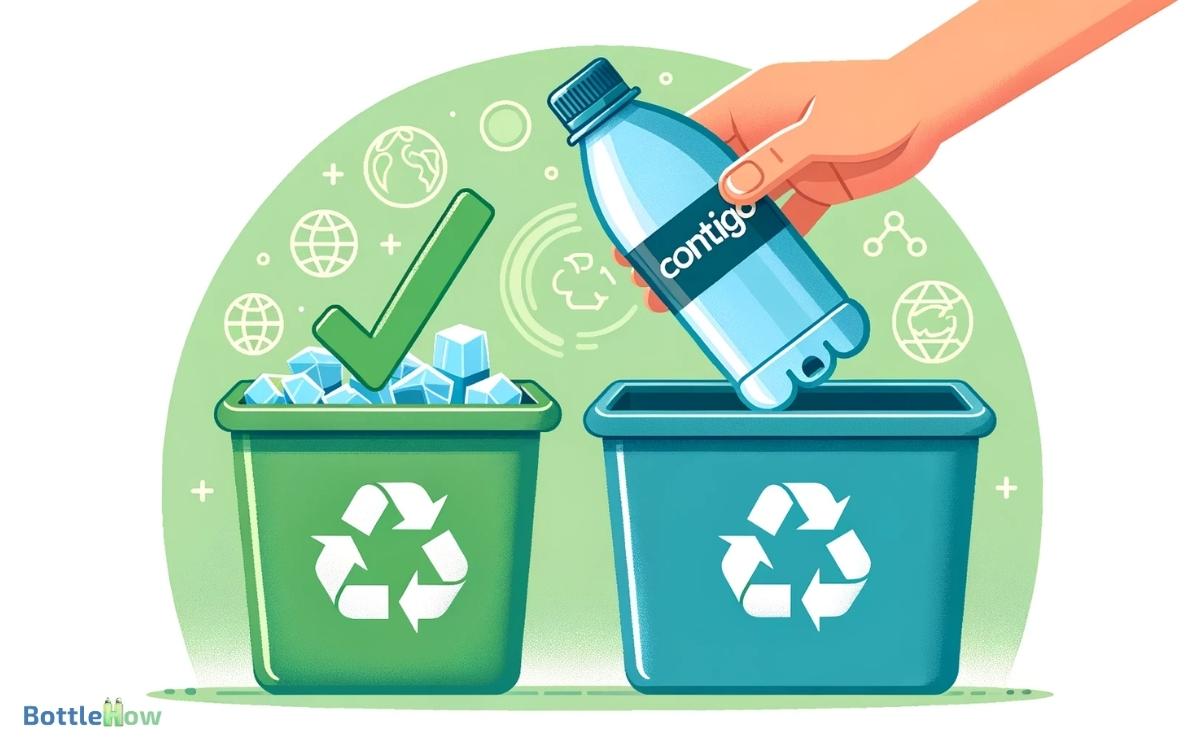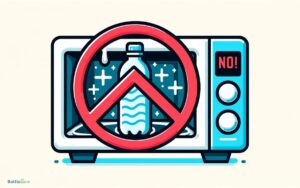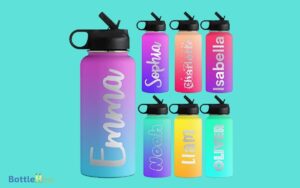Can You Recycle Contigo Water Bottle? Yes!
Breaking down your Contigo water bottle is crucial before recycling. The stainless steel components can be taken to scrap metal facilities.
Tritan plastic parts are typically accepted by municipal recycling programs, while silicone may require verification from local facilities. Remember to separate the materials properly to maximize recyclability.
Recycling helps reduce environmental impact and supports sustainable practices. If you’re interested in other eco-friendly disposal methods or tips to extend the life of your bottle, there’s more to explore.

Key Takeaways
Understanding Contigo Water Bottles
Contigo water bottles are designed with innovative features to provide convenience and durability for daily hydration needs.
You’ll appreciate the AUTOSEAL® technology that automatically seals between sips, preventing spills and leaks. This functionality makes it ideal for on-the-go use.
Additionally, the bottles are engineered with ergonomic grips for comfortable handling and a spout shield to keep the drinking surface clean. The design includes easy-to-clean components, as many models are dishwasher safe.
Contigo’s dedication to user-friendly features is evident in the one-handed operation mechanisms, allowing you to drink without interruption.
These functional details contribute to the bottle’s reputation for reliability, making it a popular choice for those seeking an efficient hydration solution.
Materials Used in Contigo Bottles
Several high-quality materials are utilized in the construction of Contigo water bottles to guarantee safety and durability.
BPA-free plastic, stainless steel, and Tritan are some of the materials used. BPA-free plastic safeguards your bottle from leaching harmful chemicals into your drink, making it a safer choice for daily use.
Stainless steel provides excellent durability and temperature retention, ideal for both hot and cold beverages.
Tritan, a robust and clear plastic, offers the aesthetic appeal of glass without the fragility. These materials undergo rigorous testing to meet safety standards.
Recycling Options for Contigo Bottles
Understanding the high-quality materials used in Contigo bottles underscores the significance of knowing your recycling options for these products.
Contigo bottles often feature stainless steel, Tritan plastic, and silicone parts. Each material has specific recycling protocols.
Stainless steel can be recycled at scrap metal facilities, while Tritan plastic is generally accepted by municipal recycling programs. However, not all recycling centers process silicone, so you’ll need to verify with local facilities.
Dismantle the bottle to separate different materials for proper recycling. This guarantees that each part ends up in the correct recycling stream, maximizing the bottle’s recyclability.
By following these steps, you contribute to a more efficient recycling process, reducing environmental impact.
Eco-Friendly Disposal Methods
One effective way to guarantee eco-friendly disposal of your water bottle is by exploring repurposing options before considering recycling or discarding it.
Repurposing not only reduces waste but also maximizes the utility of the item. You can transform your Contigo bottle into various useful items:
- Storage Containers: Use the bottle to store bulk foods like rice, beans, or pasta.
- Planters: Convert the bottle into a small planter for herbs or succulents.
- DIY Projects: Utilize parts of the bottle for creative DIY crafts, such as bird feeders or pencil holders.
These methods contribute to reducing environmental impact by extending the life of the product.
Tips for Extending Bottle Life
Proper maintenance and mindful usage can greatly prolong the lifespan of your Contigo water bottle, ensuring it remains functional and efficient for years.
- First, consistently clean your bottle with warm, soapy water to prevent buildup of bacteria and mold. Avoid using abrasive cleaners, as they can damage the surface.
- Second, inspect the seals and lids regularly for wear and tear, as compromised components can lead to leaks. Replace parts as needed.
- Additionally, avoid exposing your bottle to extreme temperatures, which can weaken the material.
- Finally, store your bottle in a cool, dry place when not in use.
Conclusion
To sum up, carefully consider your Contigo bottle’s composition to correctly recycle it and reduce waste. The materials matter: metal, plastic, or a mix. Proper recycling practices preserve our planet’s precious resources.
If recycling’s not an option, look for eco-friendly disposal methods. Better yet, extend the bottle’s life through conscientious care. For example, repurpose containers by refilling them with homemade cleaners like Mr Clean in spray bottle form, reducing the need for new plastic. Donating usable bottles to community centers or art programs can also help minimize waste. Small efforts like these contribute to a more sustainable environment.
By making mindful choices, you contribute to a cleaner, more sustainable world. Your actions, although seemingly small, greatly shape a sustainable future.





